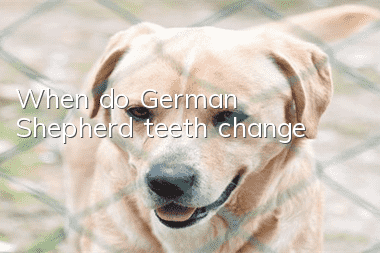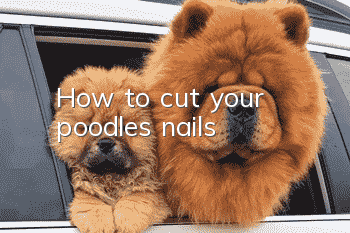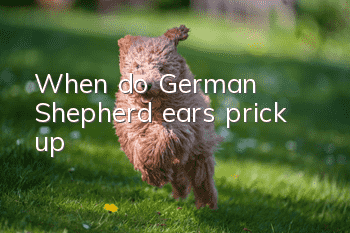When do German Shepherd teeth change?

The condition of the German Shepherd’s teeth can also be used to determine the age of the German Shepherd. Specifically, you can refer to the following:
About 20 days old: the dog begins to grow teeth; 4 to 6 weeks old: the dog’s deciduous incisors grow in full.
When the dog is close to 2 months old, all the baby teeth are fully grown, white, thin and pointed;
2 to 4 months old: Dogs replace their first deciduous incisors;
5 to 6 months old: The dog begins to replace the second and third deciduous incisors and deciduous canines;
After 8 months of age: all dogs have permanent teeth, but it is not ruled out that some dogs will have their permanent teeth later, and there are even cases where the teeth are replaced after they are 2 years old;
1 year old: The dog’s permanent teeth are all long, white and shiny, and there are sharp protrusions on the incisors;
1.5 years old: The canine peak of the dog’s first incisor tooth is worn until it is flush with the small peak. This phenomenon is called peak obliteration;
2.5 years old: The peak of the second incisor of the dog’s mandible is lost;
3.5 years old: The peak of the dog’s first maxillary incisor is lost;
4.5 years old: The peak of the second maxillary incisor of the dog is lost;
5 years old: The peak of the third incisor of the dog's mandible is slightly worn, and the wear surface of the first and second incisors of the mandible is rectangular;
6 years old: The peak of the third incisor of the dog's mandible is worn away, and the canine teeth are blunt; 7 years old: The first incisor of the dog's mandible is worn to the root of the tooth, and the wear surface is vertically oval;
8 years old: the wear surface of the dog’s first mandibular incisor is tilted forward; 10 years old: the dog’s second mandibular and first maxillary incisor wear surfaces are vertically oval;
16 years old: The dog’s incisors are lost and the canine teeth are incomplete - at this time, the dog is already a longevity star!
- What does a Teddy dog need to give birth to a puppy?
- How to look at a purebred Shiba Inu
- What do you think of a purebred beagle?
- How to potty train a Schnauzer
- How to distinguish German black backs
- What can’t my little Pomeranian eat?
- How to judge the appearance of Doberman Pinscher
- What should I do if my fawn dog doesn’t have erect ears?
- How to choose German black back
- How do you think Shiba Inu is disqualified?



